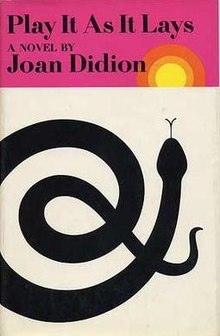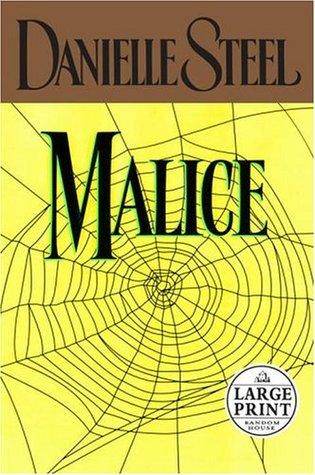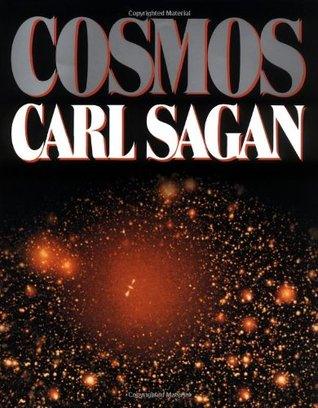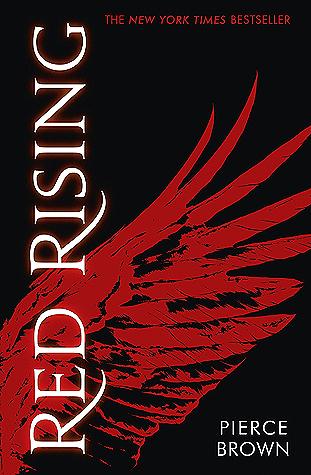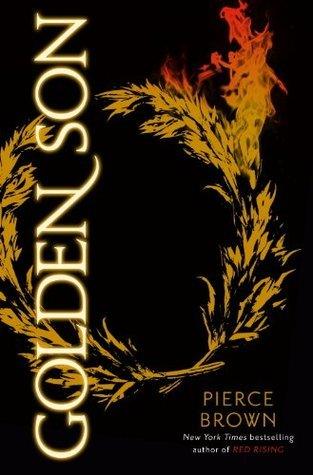The Pearl by John Steinbeck Book Summary
Discover a comprehensive summary and key insights of John Steinbeck's "The Pearl." Explore our in-depth review that unravels the themes, characters, and moral lessons of this timeless novella. Perfect for students and literature enthusiasts alike!
The Pearl Book Summary
John Steinbeck's "The Pearl" is a powerful novella that explores the destructive nature of greed and the illusion of wealth as salvation. This timeless parable follows Kino, a poor pearl diver who discovers a magnificent pearl that promises to transform his family's life, only to bring devastating consequences instead. Through Kino's tragic journey, Steinbeck masterfully examines themes of social inequality, human nature, and the corrupting influence of material desires. The story serves as a haunting reminder that sometimes our greatest dreams can become our worst nightmares, making it a profound commentary on poverty and ambition.
Discover profound lessons and captivating narratives in the Year of Wonders Book Summary, Review & Key Insights to deepen your understanding and enrich your reading experience.
The Pearl by John Steinbeck - Introduction
I had no idea a story about a simple pearl could make me question how much we really understand about wealth and happiness. When I picked up The Pearl by John Steinbeck, I thought it’d be just another classic assigned for school—short, straightforward, maybe a bit old-fashioned. But within its 96 pages, it totally surprised me. Steinbeck digs into how something that seems like a blessing can turn into a curse, and it made me rethink how often we chase after things thinking they’ll solve all our problems, only to find more complications.
Honestly, I grabbed this book because it’s one of those classic American novels everyone talks about, and I wanted to see what the fuss was about. Plus, it’s perfect if you’re into historical fiction or just want a quick read that still packs a punch. The story is simple but layered, and it’s the kind of book that sticks with you long after you finish.
If you’re someone who’s ever felt caught between dreams and reality, or if you like books that make you pause and reflect on life’s bigger questions, this one’s for you. It’s also great if you’re looking for a literature piece that’s easy to digest but rich in meaning—perfect for high school readers or anyone wanting a thoughtful yet quick read. Trust me, you’ll finish it in an afternoon and still be thinking about it days later.
What is The Pearl About?
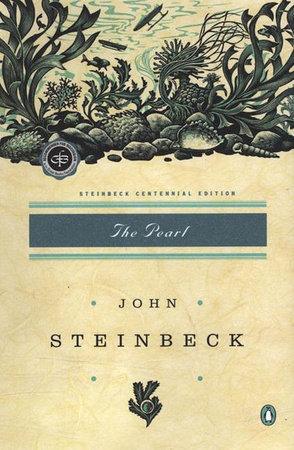
The Pearl by John Steinbeck tells the story of Kino, a poor pearl diver who discovers a magnificent pearl that he believes will bring wealth and happiness, but instead leads to tragedy and destruction. The main message highlights the dangers of greed and the corrupting influence of wealth, illustrating how the pursuit of material possessions can lead to the loss of one's values and relationships. Key concepts include the struggle between good and evil, the impact of colonialism on indigenous cultures, and the idea that true wealth lies in love and community, not material possessions.
About Book Author - John Steinbeck
Introducing John Steinbeck
It's a real pleasure to introduce someone whose journey as a storyteller is as compelling as the tales he weaves. John Steinbeck didn't just conjure stories like Of Mice and Men or The Grapes of Wrath from thin air. What's interesting about John, and something I've always admired, is how his early experiences as a manual laborer profoundly shaped his understanding of human struggle and resilience.
This deep empathy, born from shared experience, led him to a captivating Mexican folk tale he encountered – the very inspiration for The Pearl. He wasn't just recounting a story; he was exploring the human heart, something he understood intimately. His time spent in and around the communities he wrote about gave him a unique lens on how dreams, like Kino's, can be both a blessing and a burden. That firsthand insight into the complexities of desire and societal pressure is why he tells this particular story with such power.
More Books To Find
The Pearl - Book Overview
It's about a poor fisherman named Kino who finds a giant pearl that he believes will change his family's life. But instead of bringing happiness, it brings greed, corruption, and tragedy.
Steinbeck wrote it to explore the darker side of human nature and the destructive power of wealth. He wanted to show how the pursuit of material gain can lead to moral decay, which is something we still see today.
What sets it apart from other books on similar themes is its stark simplicity and the way it dives deep into the emotional and psychological toll of ambition. Rather than just focusing on the external struggles, it really digs into how Kino's dreams affect his relationships and sense of self.
One specific story that stuck with me is when Kino, after facing multiple threats and betrayals, realizes that the pearl, which he thought would bring prosperity, has become a curse. It’s like finding a treasure chest but discovering it’s full of traps instead of gold. This moment really drives home the idea that sometimes what we think will save us can actually lead to our downfall. It’s a powerful reminder about the true cost of desire and ambition.
Key Insights of The Pearl
The Pearl by John Steinbeck offers profound insights into human nature, society, and morality.
1. Greed and Corruption: The story illustrates how greed can corrupt individuals and lead to their downfall. Kino's discovery of the pearl, initially seen as a symbol of hope, transforms into a source of envy and violence, demonstrating how wealth can taint relationships and values.
2. The American Dream: Steinbeck critiques the American Dream through Kino's aspirations. Despite his hard work and dreams of a better life, the societal structures around him conspire to keep him in poverty, highlighting the illusion of upward mobility for marginalized individuals.
3. Colonialism and Oppression: The treatment of Kino and his family reflects the oppression faced by indigenous peoples. The pearl buyers symbolize the exploitative forces of colonialism, emphasizing how those in power manipulate the vulnerable for profit.
4. Nature vs. Civilization: The conflict between nature and civilization is central to the narrative. Kino's life in harmony with nature is disrupted by the encroachment of civilization, which brings violence and greed. This theme showcases the struggle between preserving one's identity and succumbing to societal pressures.
5. The Consequences of Choices: Kino's journey serves as a cautionary tale about the consequences of one's decisions. His initial choice to pursue wealth leads to tragedy, illustrating that the pursuit of material gain can result in profound loss, ultimately questioning what truly constitutes a rich life.
These insights collectively reveal the complexities of human desires and the societal forces that shape our destinies.
Who Should Read This Book
"The Pearl" by John Steinbeck is a must-read for those interested in themes of ambition, greed, and the human condition. It appeals to readers who enjoy thought-provoking literature that examines societal issues and moral dilemmas. Students of literature and social sciences will find rich material for discussion and analysis. Additionally, anyone navigating the complexities of wealth and its impact on relationships will resonate with the story's poignant message. Overall, this novella is perfect for readers seeking a profound exploration of the darker sides of human nature and the consequences of desire.
Read If You Are
- Interested in exploring themes of greed and moral dilemmas
- A fan of classic literature and influential American authors
- Seeking a thought-provoking narrative about the human condition and societal issues
Skip If You Are
- Not interested in classic literature or historical contexts.
- Prefer fast-paced, action-driven plots over character-driven narratives.
- Dislike themes of social injustice and moral dilemmas.
Important Takeaways from this Book
-
Reflect on Your Values: Take 10 minutes today to write down your core values and what truly matters to you. This clarity will help you make decisions aligned with your authentic self, leading to greater satisfaction in life. Consider what you would prioritize if wealth were not an option.
-
Practice Gratitude Daily: Start a gratitude journal. Each evening, jot down three things you're thankful for. This simple practice shifts your focus from what you lack to what you have, enhancing your overall happiness. No special materials are needed—just a notebook or your phone.
-
Set Clear Goals: Define one specific financial or personal goal you want to achieve within the next month. Break it down into actionable steps and write them down. This focus will drive your actions and create a sense of purpose, making it easier to track progress. Ensure your goal is realistic and time-bound.
-
Limit Material Desires: Challenge yourself to a 30-day no-buy challenge, where you only purchase essentials. This will help you recognize the difference between wants and needs, fostering contentment with what you have and reducing stress related to financial pressures. Prepare mentally for temptation and remind yourself of your goals.
-
Engage in Community: Find a local group or online community that aligns with your interests or values. Join one meeting or participate in a discussion this week. Connecting with others will provide support, inspiration, and a sense of belonging, enhancing your emotional well-being. Ensure you’re open to new perspectives and experiences.
Book Review
I picked up "The Pearl" by John Steinbeck expecting a rich, immersive tale about ambition and greed, given its reputation. What I got was a poignant, albeit concise, parable that left me pondering its themes long after I finished.
One of the strengths of the book is Steinbeck's lyrical writing style. His descriptions, like the beauty of the pearl itself, are vivid and evocative. For example, the way he portrays the sea and its connection to Kino's life is beautifully crafted, making me feel the weight of the ocean's significance in his world. The pacing was brisk, which kept me engaged, but at times I felt it rushed through key moments that could have benefited from more depth.
However, I found the character development a bit lacking. While Kino's struggle is compelling, I wished for more insight into the motivations of other characters, particularly Juana. This would have added layers to the story and made the emotional stakes even higher. Compared to other Steinbeck works, like "Of Mice and Men," I felt this one fell short in character depth, despite its strong thematic focus.
Overall, "The Pearl" is a thought-provoking read that I’d recommend to anyone interested in moral dilemmas and the human condition. However, if you're looking for a character-driven story with extensive development, you might want to explore other options. It's a quick read that packs a punch, perfect for those who appreciate Steinbeck's signature style and are open to a more allegorical approach.
Final Thoughts
If I'm being honest, finishing The Pearl left me with a heavy sense of reality. Steinbeck really dives into the dark side of ambition and greed, and it made me reflect on the true cost of chasing wealth. I’d definitely recommend this if you're into stories that explore deep moral dilemmas and the human condition. However, skip this one if you’re looking for a light, feel-good read; it’s anything but that.
The thing that surprised me most was how quickly Kino's life unraveled after finding the pearl. It’s a stark reminder of how fragile happiness can be when external forces come into play. Months from now, I know I’ll still be thinking about the impact of that pearl and how it symbolizes both hope and destruction.
As for whether I’d read it again, I think I’d prefer to recommend the full book rather than just the summary. There’s something about Steinbeck’s prose that deserves to be experienced in its entirety. Personally, I found the reading experience to be both enlightening and unsettling, and it’s definitely one that’s going to stick with me for a while.
Frequently Asked Questions
How long does it take to read The Pearl?
It typically takes about 4 to 6 hours to read "The Pearl" by John Steinbeck, depending on your reading speed. With 96 pages, you can enjoy this powerful novella in one sitting or spread it over a couple of days for deeper reflection.
What makes "The Pearl" different from other books in this genre?
The Pearl stands out due to its profound exploration of greed, morality, and human nature, coupled with Steinbeck's poetic prose. Unlike typical narratives, it blends allegory with realism, prompting readers to reflect on societal values and the consequences of ambition, making it a timeless moral tale.
Who is the target audience for The Pearl
The target audience for "The Pearl" includes readers interested in classic literature, social justice, and moral dilemmas. It appeals to those who appreciate deep themes of greed, ambition, and the human condition, making it relevant for students, educators, and general readers alike.
Are there any criticisms or limitations of The Pearl
Critics argue that "The Pearl" oversimplifies complex themes of greed and colonialism, presenting a moral lesson that can feel heavy-handed. Some also believe the characters lack depth, making it difficult for readers to connect emotionally. Additionally, the narrative's pacing may not appeal to all audiences.
What is the main theme of The Pearl by John Steinbeck
The main theme of "The Pearl" by John Steinbeck revolves around the dangers of greed and the corrupting influence of wealth. It explores how the pursuit of material gain can lead to destruction, loss of innocence, and the disintegration of relationships and community.
Tags:
John Steinbeck, The Pearl, The Pearl Book, The Pearl Book Rating, The Pearl Book Review, The Pearl Book Summary, The Pearl By John Steinbeck, The Pearl Description, The Pearl Short Summary

Michel Fisher
Michel Fisher is a passionate fiction enthusiast and book blogger who writes about emotional reads, character-driven stories, and contemporary romance authors that captivate hearts and minds.

The Pearl
Book Overview
Description
Like his father and grandfather before him, Kino is a poor diver, gathering pearls from the gulf beds that once brought great wealth to the kings of Spain and now provide Kino, Juana, and their infant son with meager subsistence. Then, on a day like any other, Kino emerges from the sea with a pearl as large as a sea gull’s egg, as “perfect as the moon.” With the pearl comes hope, the promise of comfort and of security…A story of classic simplicity, based on a Mexican folk tale, The Pearl explores the secrets of man’s nature, greed, the darkest depths of evil, and the luminous possibilities of love.
Key Points
Greed corrupts human nature
Characters
Kino, Juana, Coyotito, Juan Tomas, Apolonia
Publisher
Penguin Books
First Publish Date
10/28/47

